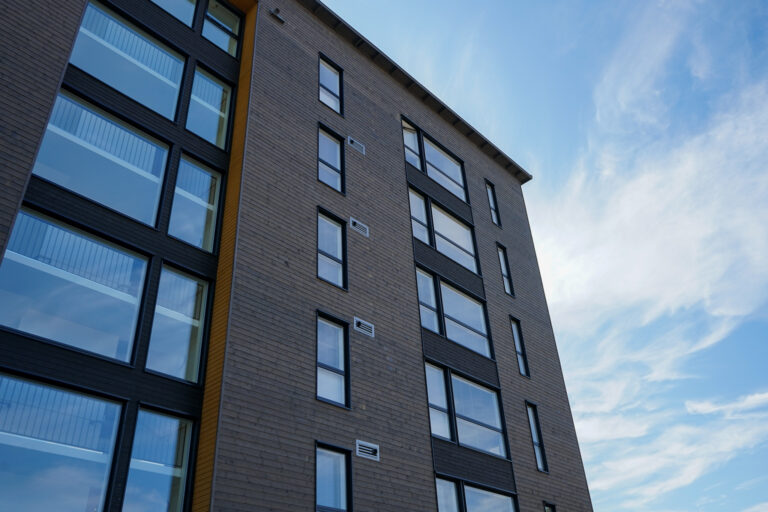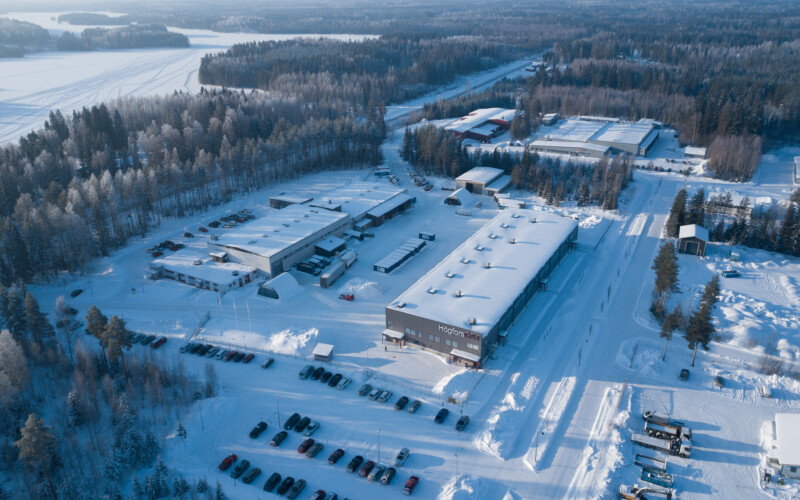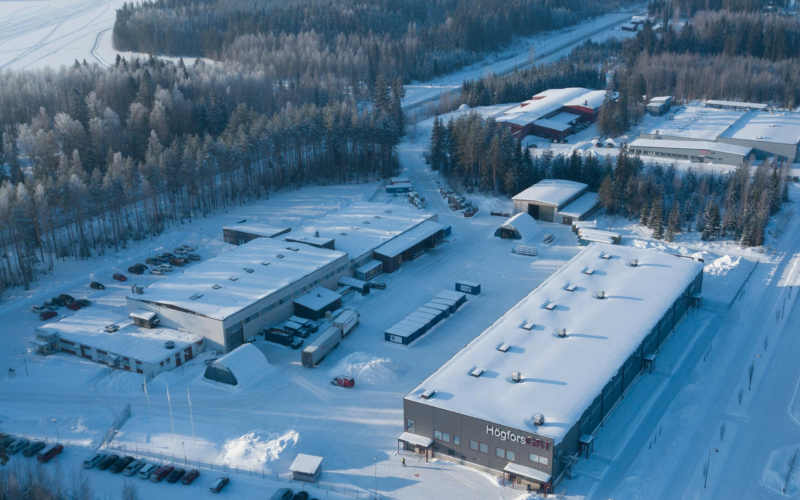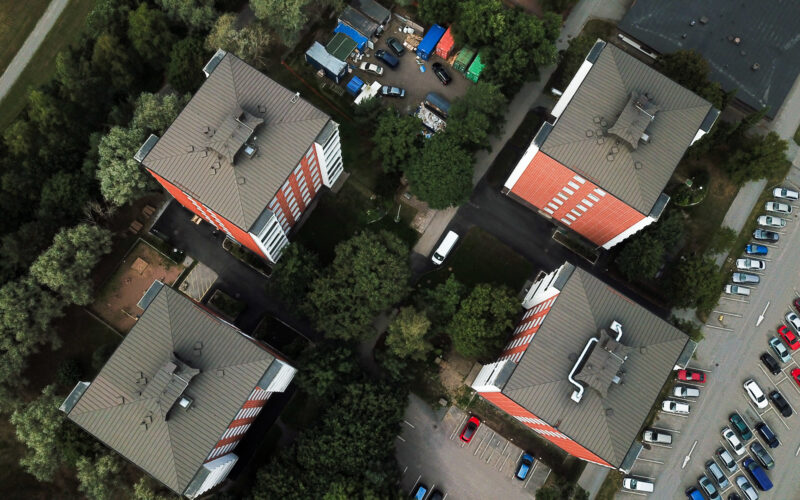Improving efficiency in district heating is done by more than just investing in power plants: lowering the temperature level of the network also plays a big role. District heating companies also aim to lower the temperature of the return water. However, the latter largely depends on the energy companies’ collaboration with their customers.
HögforsGST has developed a Mid-Cooling Connection (MCC) for district heating substations, a three-step connection that differs from other commonly used connection types. The MCC improves the Delta-T, the temperature difference between the supply and return networks, by using the energy in the district heating water more efficiently. The water returning from the domestic hot water circuit flows through the heating circuit before going back to the return network.
The Mid-Cooling Connection is part of the fourth-generation district heating system (4GDH), and it suits almost all types of district heating properties. Currently, larger apartment buildings are the primary users of the MCC. However, HögforsGST’s technology could also improve the heating efficiency of single-family houses. Finnish and Swedish district heating companies, whose customers use the MCC, have been delighted with HögforsGST’s innovation. The Delta-T has improved by up to 10 degrees with the help of the MCC.
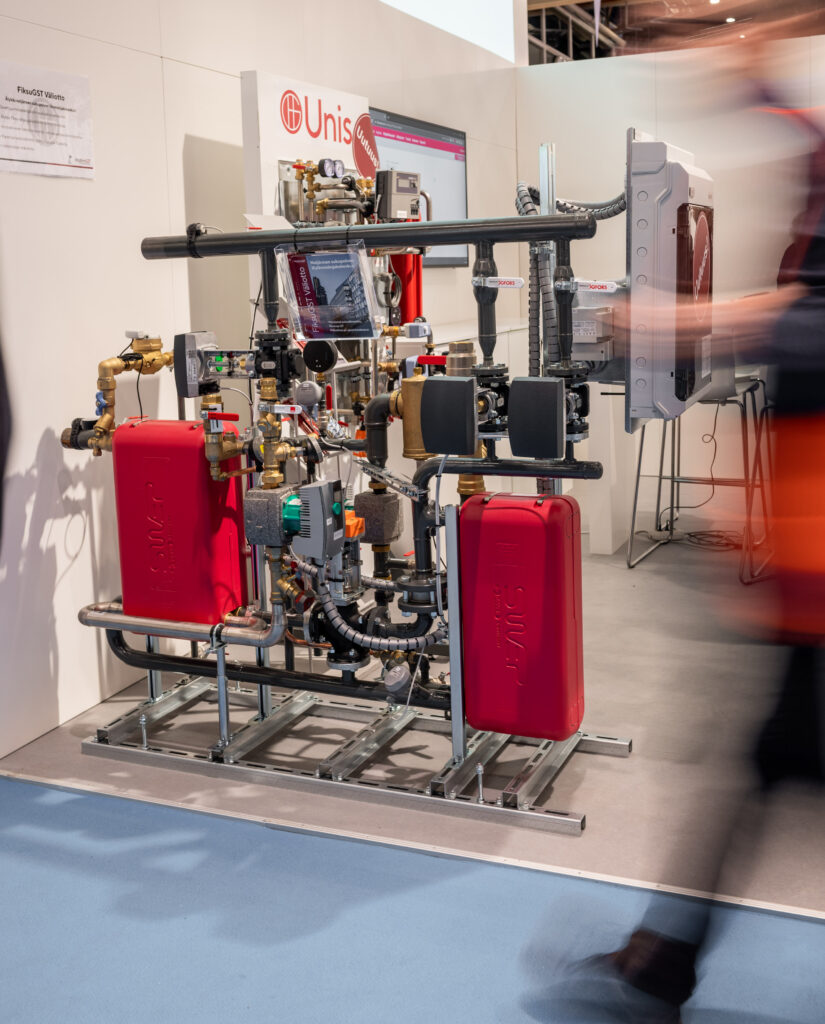
FiksuGST smart substation equipped with the MCC
New substations help to lower temperatures
HögforsGST’s managing director Antti Hartman sees that most energy companies could already lower the temperature of their network. Key to this would be replacing the older district heating substations, which often are oversized.
“Thousands of apartment buildings built in the 1970s or 1980s have oversized substations. In today’s homes, significantly more devices produce heat, which is stored in the structures. In addition, many buildings have improved their energy efficinecy with additional insulation and better windows, for instance. Thus, many houses can already manage with a lower district heating supply temperature”, says Hartman.
“Also, there may be some properties where the equipment does not work properly. This is quite common, especially when the building has been expanded without replacing the equipment or when the old equipment is at the end of its service life. The Delta-T can remain weak with this equipment as the supply temperature drops.”
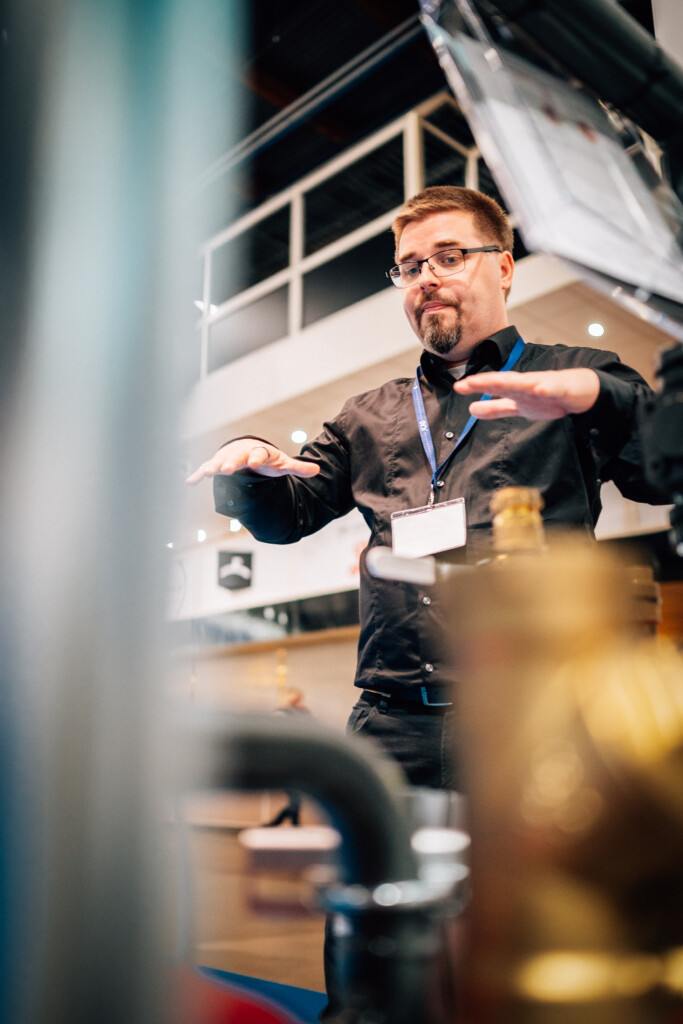
Renewal of district heating equipment requires incentives
Energy companies could accelerate the renewal cycle of district heating equipment by offering their customers incentives for upgrading to a new substation.
“At HögforsGST, we see enormous potential in creating incentive pricing models,” Hartman says. A good example is the pricing model used by Stockholm Exergi. In this model, lower return temperature leads to direct financial benefits for the end customer.
“When we compare Finland to Sweden, very few Finnish properties have the motivation to invest in a new substation before they are forced to do so due to, e.g., the old equipment breaking down. In Sweden, the incentive pricing models have increased the motivation for substation renovations,” Hartman says.
In Finland, pricing methods that reward lower return temperatures are in effect in only a few cities. However, several district heating companies are considering the implementation of incentivizing pricing schemes. Correspondingly, there is a penalty fee if the return temperature exceeds a predefined limit. According to Hartman, these are steps in the right direction.
“Since the improvement in Delta-T makes the district energy system more efficient, energy companies should focus on their customers’ equipment. We are a reliable partner whose products make it possible to lower return temperatures,” Hartman concludes.
